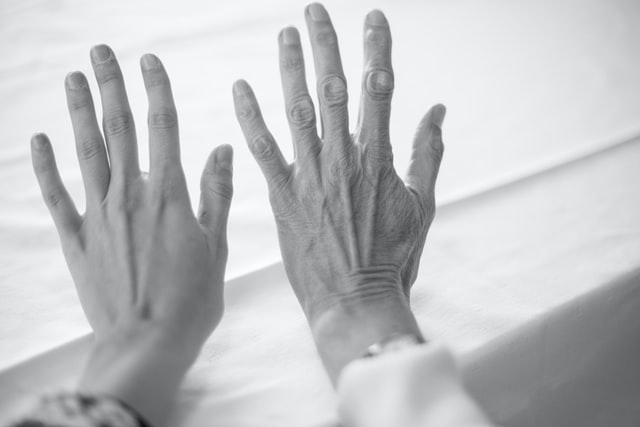We do most of our work with our hands, so we cannot ignore them. Our hands are one of the most important parts of our body. Our hands are among our most complex body parts. As a result of the movement of tendons, bones, tissues, and nerves, we are able to hold and perform numerous complex tasks.
Even without working, one cannot do their daily activities, such as eating, drinking, playing, writing, holding, carrying, cleaning, and so on, and can lose their hands or fingers in the following ways:
- Damage to the hands can occur as a result of improper or misused use of hand tools
- Misuse of the wrong tool or improper use of the wrong tool can cause hand injuries
- Machinery and equipment that are not used with care.
- Using dangerous materials or working processes can lead to serious consequences
- Frequently, hand tools and powerful hand tools are faulty or misused
Hand injuries can be prevented by taking the following measures:
- Learn about the risks and dangers of the work you’ll be doing
- Be aware of small details
- Watch out for moving or rotating objects
- Watch out devices which start automatically are often controlled by remote control or delayed devices
- You should be careful not to get caught on moving machines with loose clothing or jewellery
- Wear protective equipment and do not remove machine guards
Injury prevention for fingers and hands:
The right kind of PPE (Personal Protective Equipment), such as gloves in your hands, is essential for safety. In addition to protecting against germs and harmful chemicals, protective gloves prevent splinters and slivers, resist piercings, and resist cuts from rough or sharp objects.
What are the best practical precautions for occupational safety?
- Chemicals can be harmful to our hands. Pre-work creams are a great way to protect them.
- In case of need, thoroughly wash your hands.
- When cleaning the workplace, use a suitable cleaner.
- Be sure to choose heavy cleaning products without harsh abrasives.
- Cleaning products that are soluble should be chosen.
- Make sure that cleaning supplies are easily accessible.
- Keeping hands dry after washing is important.
- Gloves should be used when necessary.
- Maintain a safe and respectful use of hand tools and portable hand tools.
- It is important to use the appropriate tool.
- It is very important that you have the right tool to do the job, such as the correct screwdriver, pliers, screw, scissors, etc.
- It is essential that the tool’s users be trained in basic safety and efficient use before they begin using it.
- Good maintenance is essential for tools.
A workplace accident involving hands is estimated to occur in about 20% of all cases. A person’s hands are one of their greatest assets, and one should make all possible efforts to protect them.
Besides small cuts and scratches, injuries to the fingers and hands may also affect the bones and ligaments. Leaving severe finger injuries untreated can result in permanent disability and functional loss. Recovering quickly and fully is possible through careful treatment.
Injuries at work are most often caused by the following types of injuries:
- Cutting and chopping,
- As a result of fractures and shifts,
- Accidents involving soft tissues
- An amputation,
- Burns,
- A high-pressure injury.
Hand injuries can be prevented through three main steps: personal protective equipment, awareness, and training. The most common cause of hand injuries at work is the failure to wear gloves or the wearing of the wrong gloves. Access to quality gloves that are suitable for the job should be made available to employees.
A workplace injury involving the hand is usually preventable. Fingers and hands accounted for more than 23% of all reported injuries according to a study.
Occupational health and safety for the organisation continues to emphasise the prevention of hand injuries. A lost finger, hand, or any part of the body at work is not only physically painful, but also affects an employee’s mental health. To ensure a safe work environment, senior management should remind everyone the importance of protecting hands while on duty and creating a safety culture at work.
In terms of commitment, what is the role of senior management?
Establishing a culture of security should start at the top. As a result, employees perceive management’s commitment to safety and are empowered to contribute to a safer workplace.
Get an inside look at how leading companies operate. Companies that engage their employees are the most successful. Seeing how health and safety benefits business is important to them.
An effective training program, appropriate protective equipment, and a thorough risk assessment can prevent hand injuries.
As a part of WHS, many organisations provide Finger and Finger Injury Prevention Training as well as Health Initiation Training and Safety Training Program, which is a good way to achieve the organisation’s goals and objectives of establishing an injury-free workplace.
Access Work Health and Safety Books from Amazon: Work Health and Safety












